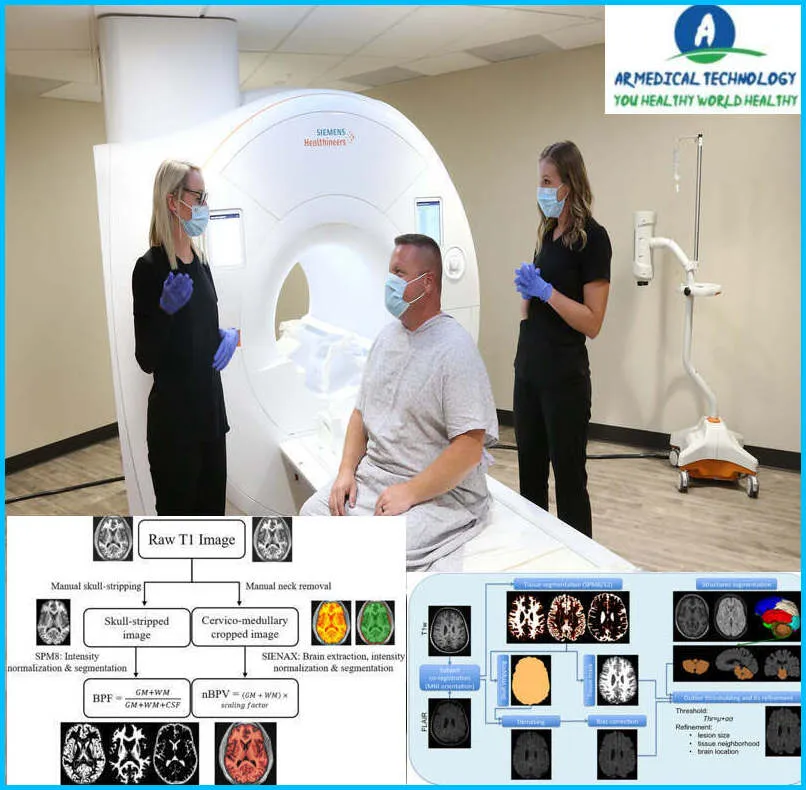Healthy Normal Vs MS Brain MRI Images
Are you interested in knowing how an MRI shows the distinction between an MS brain and a healthy normal brain? If so, you’ve come to the correct spot! This blog post will discuss how MRI scans may provide crucial information on the composition and operation of the human brain. We will also talk about the potential benefits of these scans for using in the diagnosis and treatment of individuals with multiple sclerosis (MS), a neurological disorder that affects millions of people worldwide. In order to have a better understanding of what your brain seems like under a microscope, take a cup of coffee.
Article About:- Health & fitness
Article About:- Medical Technology
Article About:- Sports

Normal vs MS brain MRI images
Examining an individual’s brain MRI is one of the greatest techniques to find out if they have Multiple Sclerosis. An MRI of a healthy brain will reveal few or no lesions. An MRI of a brain affected by MS will reveal several lesions at different developmental stages.
Normal brain MRI
A normal brain MRI looks like this. You can see that there are no lesions present. This is what a healthy brain looks like on an MRI.
MS brain MRI
An MRI of the brain with MS looks like this. It’s possible that you’ll observe many lesions at various developmental phases. An MRI of a diseased brain looks like this.
The occurrence of many lesions at different phases of development is what distinguishes brain MRIs from normal to MS patients. An MS brain MRI will reveal several lesions at various stages of development, whereas a normal brain MRI would show few or no lesions.
clear mri, but neurological symptoms
Even though an MRI of the brain may appear normal in someone with MS, neurological symptoms may still be present. This is because MS affects the nervous system, which includes the brain, spinal cord and optic nerves. Even though an MRI may not show any damage to these areas, the nerves may still be affected by the disease.
Does early MS show up on MRI
There are a few different ways that early MS can present on MRI. The most common finding is what is called an enhancing lesion. This is an area of the brain that appears to be swollen and appears bright on an MRI scan. Enlarging lesions are most often found in the frontal and temporal lobes of the brain, as well as the corpus callosum (the bundle of nerve fibers connecting the left and right sides of the brain). Other findings on MRI that may be seen in early MS include:
- Black holes: These are areas of tissue damage where the nerve cells have died. They appear as dark spots on an MRI scan.
- T2-weighted lesions: These are areas of white matter damage that appear bright on a type of MRI scan called a T2-weighted scan.
- Diffusion-weighted lesions: These are areas of white matter damage that appear bright on a type of MRI scan called a diffusion-weighted scan.
- Cerebral atrophy: This is a decrease in brain size, which can occur with long-term MS.
MS Brain MRI without Contrast
Your doctor could advise an MRI of your brain without contrast for a variety of reasons. One explanation is that some people may experience allergic responses while using contrast agents. The contrast agent’s occasional tendency to tamper with MRI data is another explanation.
Contrast-enhanced MRIs should not be performed on expectant or nursing mothers due to the possibility of injury to the unborn child from the contrast agent.
Your doctor can still learn a lot about the composition and operation of your brain from an MRI without contrast.





